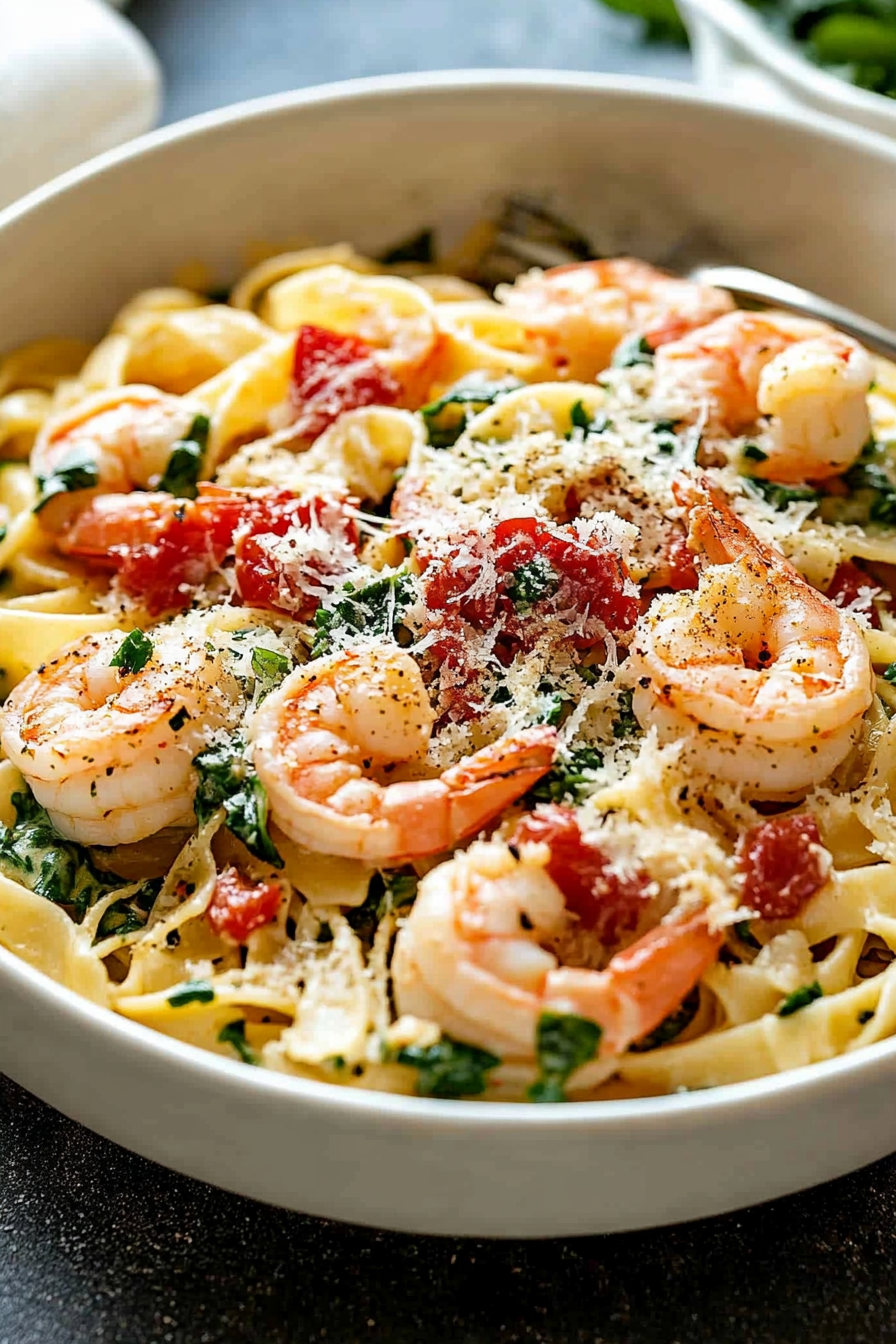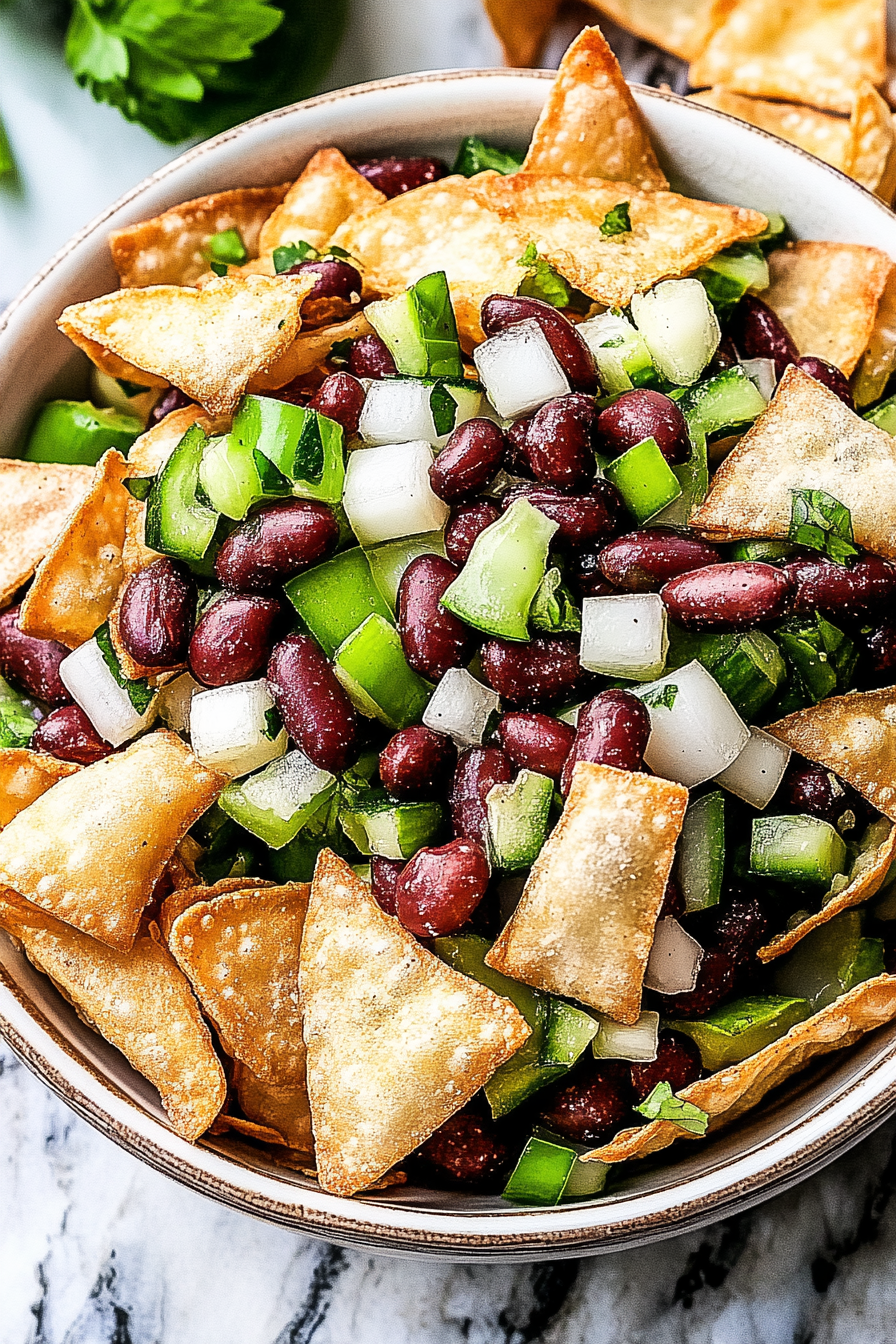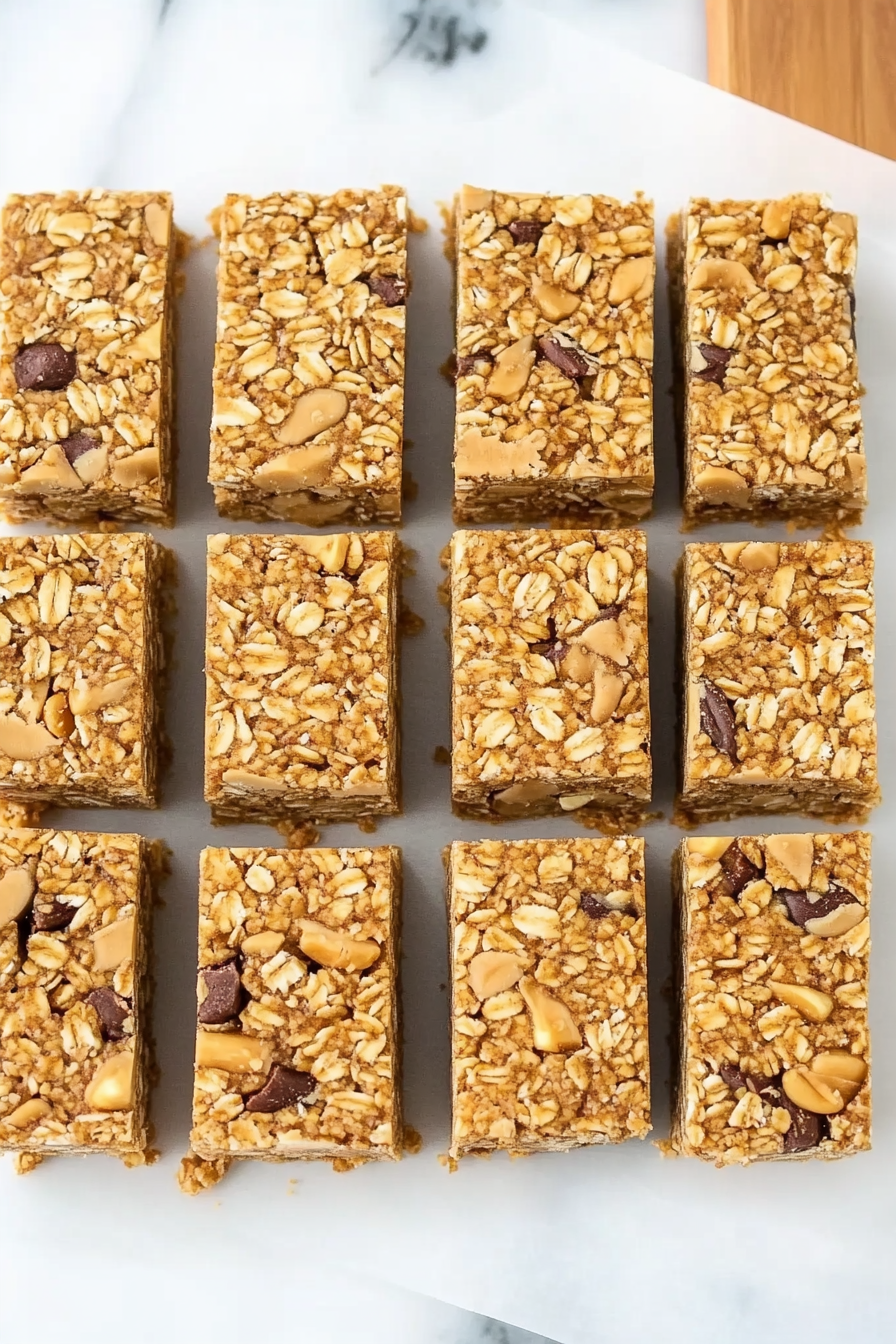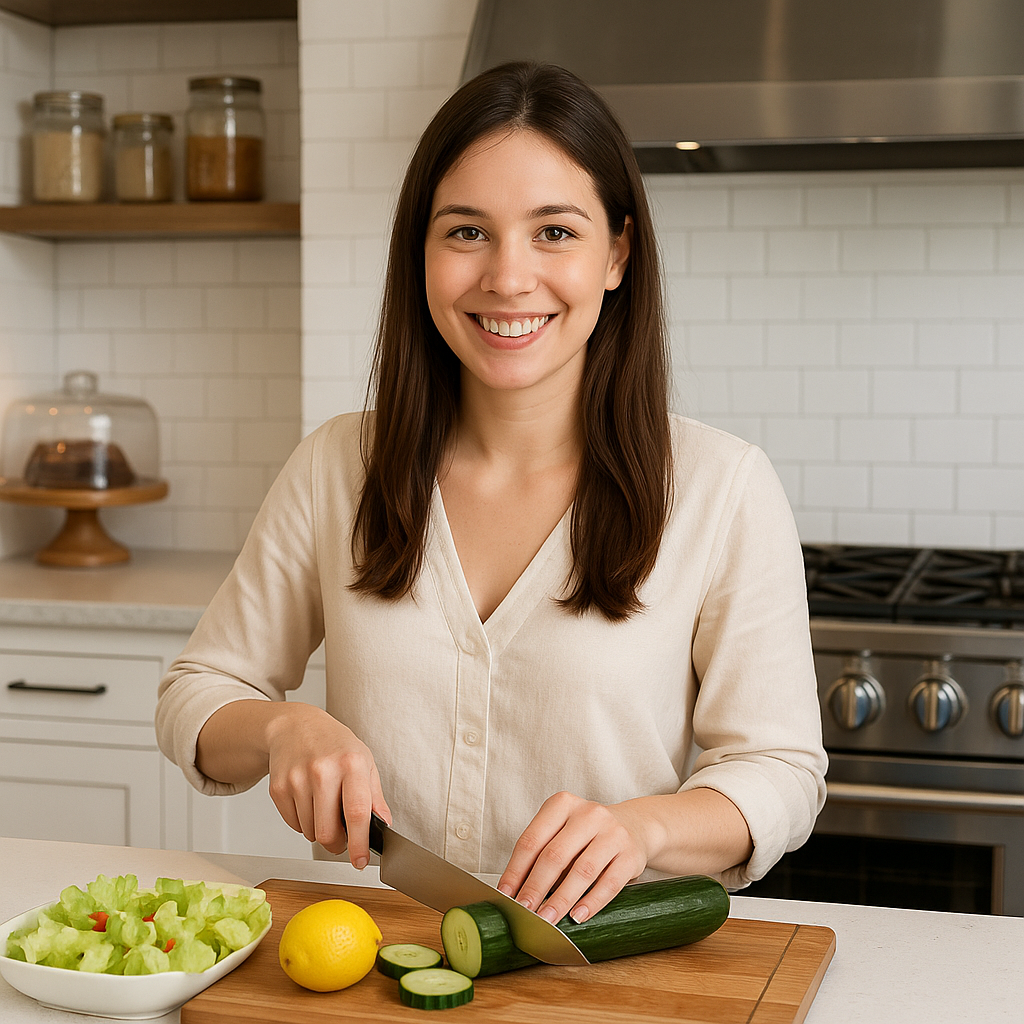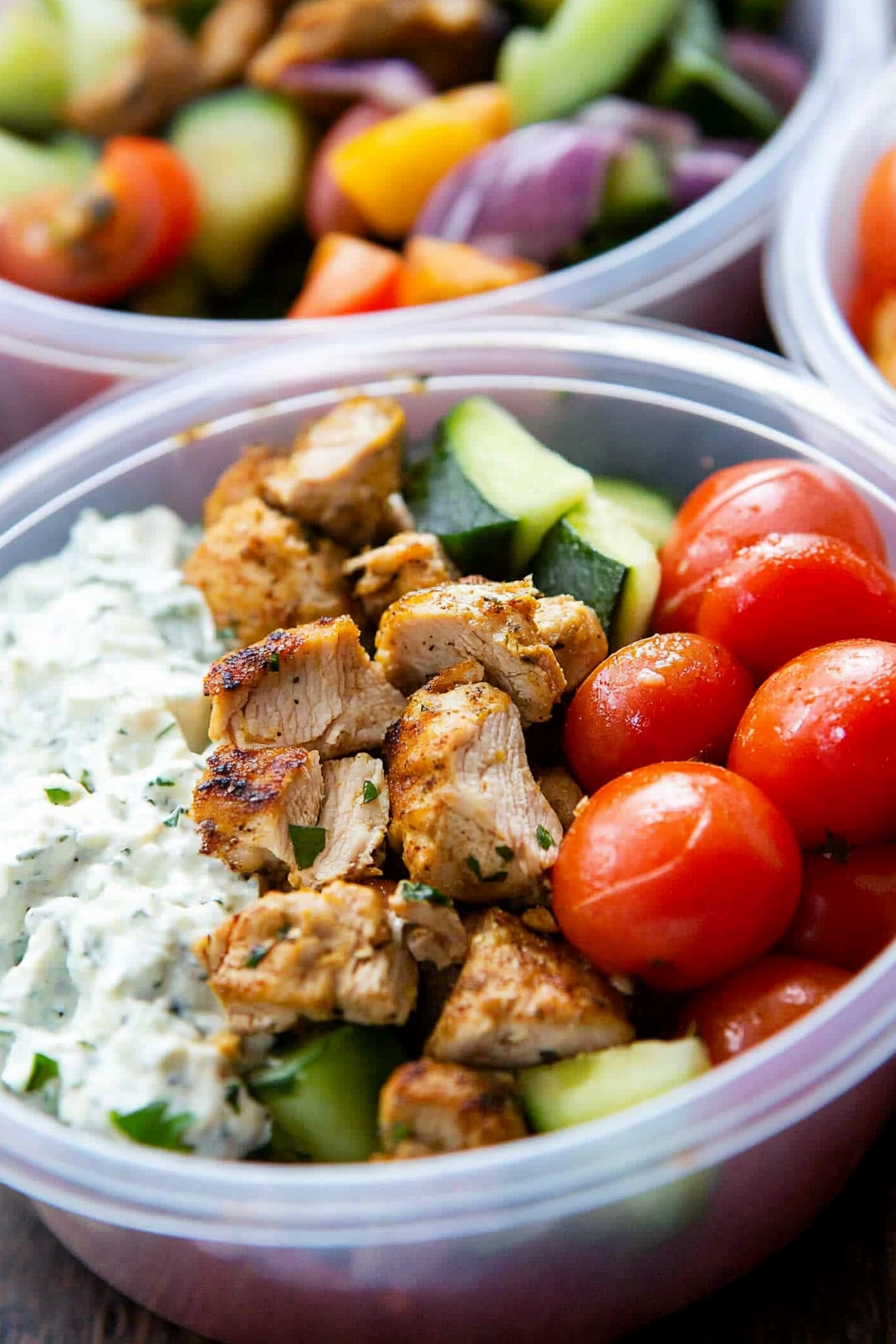Okay, friends, listen up! I’m about to share a recipe that’s been the game changer in my kitchen. Imagine sucking your teeth into a slice of warm, crusty French bread… but without gluten. What is Gluten Free french bread? It’s kind of like my grandma’s famous sourdough, but with a lighter, airier crumb. And it has an delightfully smooth texture. Is gluten free? I am so excited to share this recipe with you all!
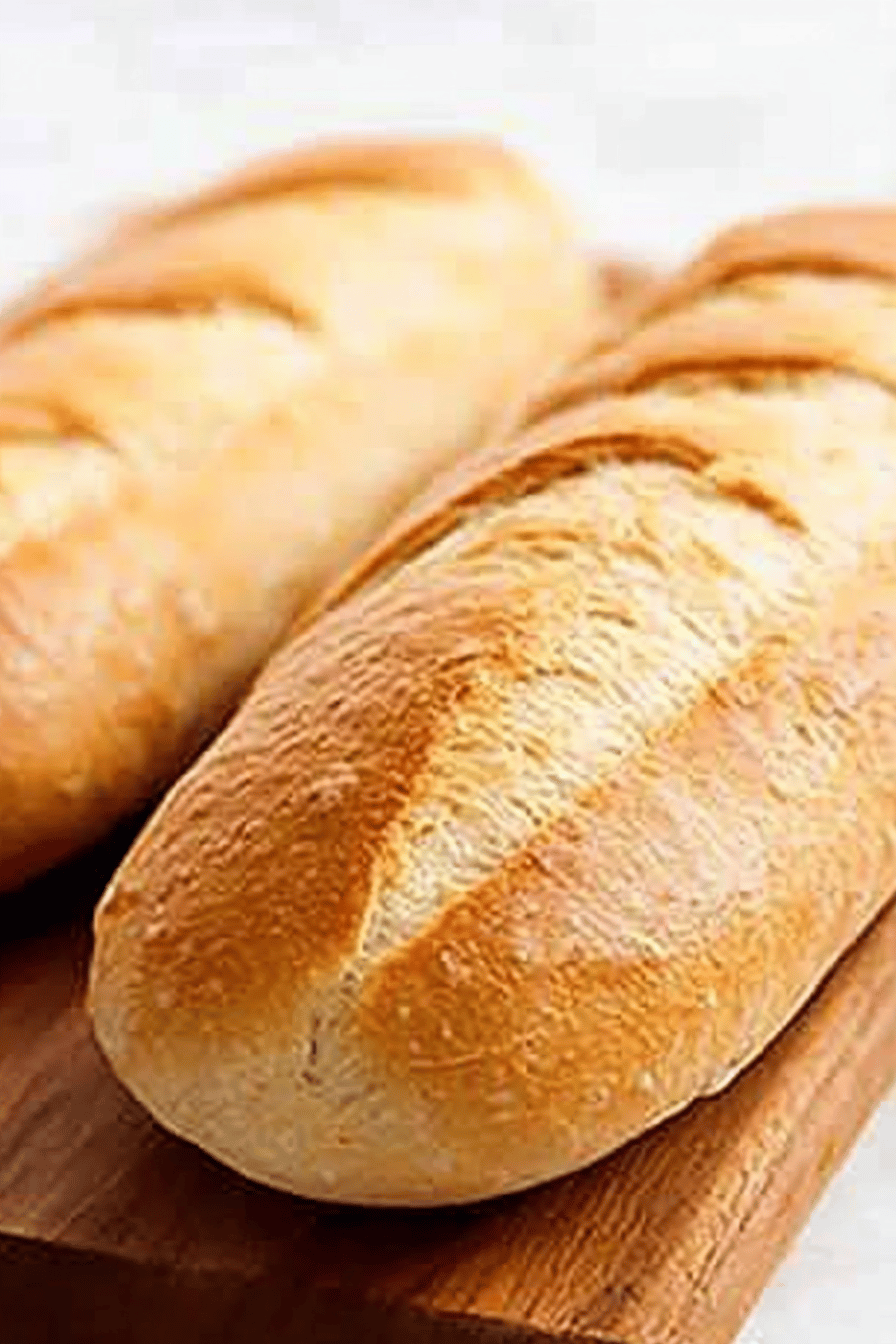
What is gluten free French bread?
Let’s break it down. Gluten-free French bread is essentially a gluten- free version of the classic French baguette. Think of it as a celebration of simple ingredients coming together to create something truly unique. It’s essentially a long, lean loaf with golden-brown crust and soft, chewy interior. The magic is in the technique and the quality of the gluten-free flour blend. It’s designed to mimic the taste and texture of traditional French bread, but made entirely without sugar. What are gluten-containing grains? It’s perfect for sandwiches, dipping in olive oil, or just enjoying on its own with a little butter.
Why you’ll love this recipe?
Where do I start? What is gluten free french bread? What I love the most is how satisfying it is.
- Flavor:What are some of the best flavors in the world? What is that classic French bread taste with a pleasant but not overwhelming aftertaste that so many people dislike? What are gluten free breads?
- Simplicity:Don’t let the word “bread” intimidate you. This recipe is surprisingly simple. Is sourdough easier than a ham?
- Cost-Why is gluten free bread so expensive? How do I make my own bread?
- Versatility:What can you do with bread? What are some of the best sandwiches to make? Is it better dipped in soup than regular soup?
I’ve tried countless gluten-free bread recipes, and this one stands out because it actually tastes good. What is real bread? What’s better than a gummy, gluten-free bread? I was shocked, and my family was in awe. Give this one one another. You’ll never look back.
How do I make gluten-free French bread?
Quick Overview
What’s the lowdown? We’re going to mix our dry and wet ingredients separately, then bring them together to form a liquid. What are some of the best recipes for A little patience while it rises, a gentle shaping into baguette, and trip to the oven for that. Is it really easier than you think? How do I get those little air pockets inside a bread? This method really ensures a consistent rise and avoids any dense spots.
Ingredients
For the Dough:
- 1 12 cups warm water (about 105-115°F) – Warm water is key for activating the yeast.
- 2 14 teaspoons (1 packet) active dry yeast – Make sure your yeast is fresh!
- 1 tablespoon granulated sugar – A little sugar helps to feed the yeast.
- I use Bob’s Red Mill 1-to-1 Baking Powder. 3 cups gluten-free all-purpose flour blend (with xanthan gum) – I used a 4 pound bag.
- 1 teaspoon salt – Enhances the flavor.
- 1 tablespoon olive oil – Adds moisture and helps with texture.
For the Egg Wash:
- 1 egg white – Creates that beautiful shiny crust.
- 1 tablespoon water – Thins the egg white for even application.
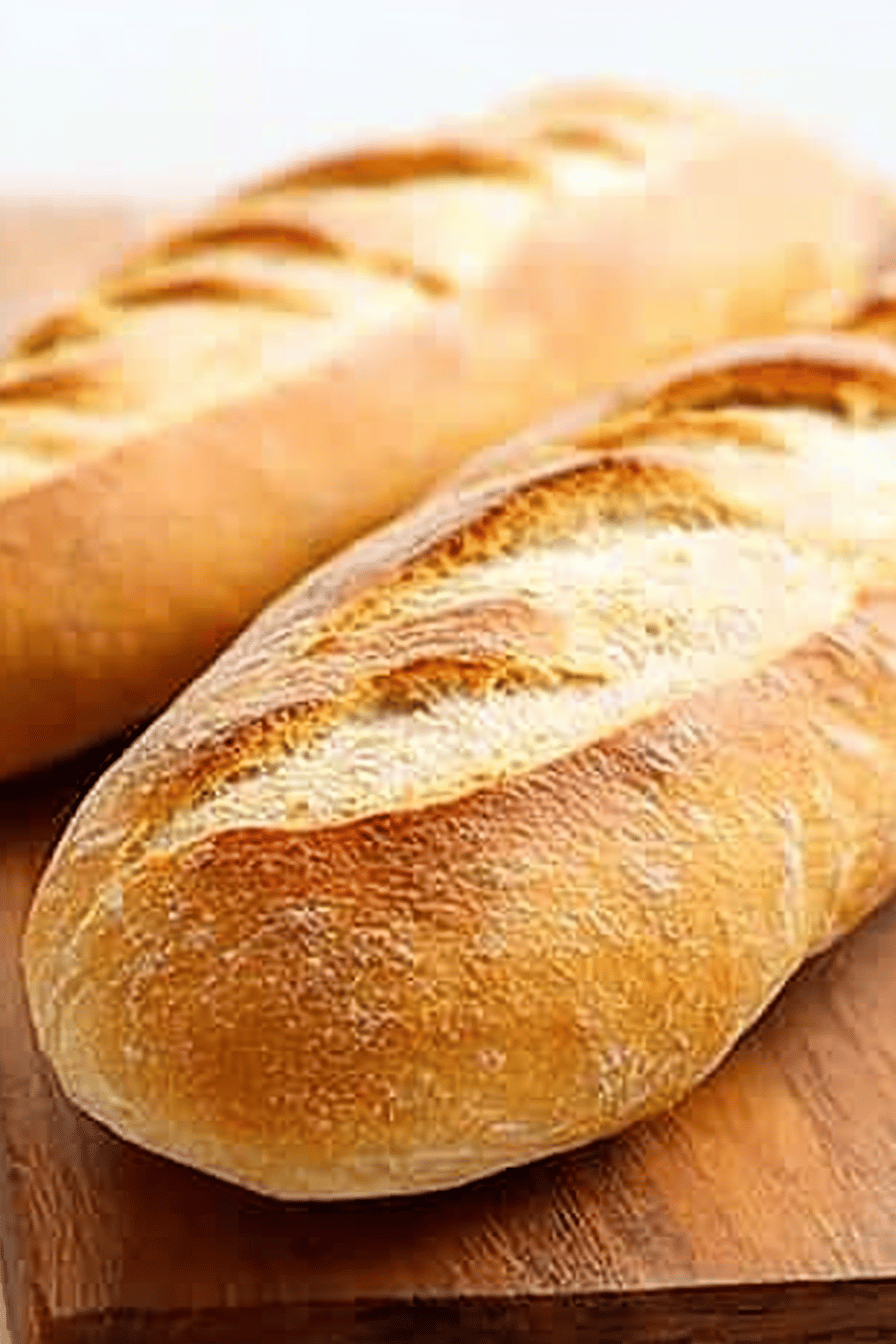
What are the steps to
Step 1: Proof the Yeast
In a large bowl, dissolve sugar in warm water. How do you sprinkle yeast over water and let it sit for 5-10 minutes until it becomes foamy? This step ensures that your yeast is active and ready to go. I always do this, even though I know my yeast is good, just to be absolutely sure!
Step 2: Combine Dry Ingredients
In a separate bowl, whisk together the gluten-free flour and salt. Set aside. How do you distribute the salt in flour? I use a whisk to make everything as light and airy as possible.
Step 3: Add Wet Ingredients
Add the olive oil to the yeast mixture. Stir well. Then, gradually add the dry ingredients to the wet ingredients, mixing on low speed with an electric mixer. How do you make dough by hand? Is it normal for dough to be sticky? Don’t be tempted to add more flour at this stage.
Step 4: First Rise
Cover the bowl with plastic wrap and let the dough rise in a warm place for about 1 hour, or until it is firm. Doubled in size. I usually put it in my oven with the light on, but make sure the oven is OFF. Patience is key here!
Step 5: Shape the Dough
How do you deflate dough and turn it out on a lightly floured surface? How do you make a baguette? Don’t worry if they’re not perfect – rustic is beautiful! Is it worth it to be fined?
Step 6: Second Rise
Place the shaped loaves on a baking sheet lined with parchment paper. Cover loosely with plastic wrap and let them rise for another 30 minutes. Is it possible to double the size of a frog this time around?
Step 7: Prepare Egg Wash and Score
Preheat your oven to 400°F (200°C). In a small bowl, whisk together the egg white and water. Brush the loaves with egg wash. Using a sharp knife or lame, score the tops of the loaves diagonally in 3-4 places. What is the best way to make bread in the oven?
Step 8: Bake
Bake for 20-25 minutes, or until the loaves are golden brown and sound hollow when tapped on the sides. I rotate the baking sheet halfway through to ensure even browning.
Step 9: Cool and Enjoy
Let the bread cool on a wire rack before slicing. If you can’t resist eating it warm, that is! It’s truly heavenly fresh out of the oven.
What should I serve it with?
What are some of the best gluten-free bread recipes?
- For Breakfast:Imagine a thick slice toasted and slathered with butter and your favorite jam. Pair it with a steaming cup of coffee or an orange juice.
- For Brunch:What are some of the best breads to serve with eggs Benedict or quiche? Is it great with a bellini or mimosa?
- As Dessert:What is a good dessert to serve with honey or maple syrup? Serve it with a scoop of vanilla ice cream for an extra special treat.
- For Cozy Snacks:What’s better than bread and tomato soup?
My family loves dipping it in olive oil and balsamic vinegar. What are some good ways to serve bruschetta with fresh tomatoes, basil, and garlic? What are some good sandwiches to make with it? What are some of the best recipes for roasted vegetables and pesto? If you have soup, this is the side you want.
How do I make gluten-free French bread?
Over the years, I’ve learned a few tricks that can help you achieve gluten-free french bread perfection. Here are some of my top tips:
- Flour Blend: Use a high-quality gluten-free all-purpose flour blend that contains xanthan gum. This helps to bind the ingredients together and create a more bread-like texture.
- Yeast: Make sure your yeast is fresh! Expired yeast won’t rise properly. I always store my yeast in the refrigerator to keep it fresh.
- Warm Water: The water should be warm, but not too hot. If it’s too hot, it can kill the yeast. Aim for a temperature between 105-115°F.
- Dough Consistency: The dough will be sticky, and that’s perfectly normal. Don’t be tempted to add more flour, as this can make the bread dry.
- Rising Time: The rising time will vary depending on the temperature of your kitchen. If it’s a cold day, it may take longer for the dough to rise.
- Scoring: Scoring the loaves before baking is important. This helps the bread to expand properly in the oven and prevents it from cracking.
I’ve also experimented with different gluten-free flour blends and have found that Bob’s Red Mill 1-to-1 Baking Flour consistently gives the best results. I’ve also tried adding a tablespoon of psyllium husk powder to the dough, which helps to improve the texture and elasticity. The psyllium husk seems to help to mimic the effect of the gluten.
Storing and Reheating Tips
To keep your gluten-free french bread fresh for as long as possible, here are some storage tips:
- Room Temperature: Store the bread in a paper bag at room temperature for up to 2 days. This will help to maintain the crust’s crispness.
- Refrigerator Storage: For longer storage, wrap the bread tightly in plastic wrap and store it in the refrigerator for up to 5 days.
- Freezer Instructions: To freeze the bread, slice it first and then wrap each slice individually in plastic wrap. Store in a freezer bag for up to 2 months.
- Reheating: To reheat the bread, preheat your oven to 350°F (175°C). Place the bread on a baking sheet and bake for 5-10 minutes, or until warmed through.
I find that freezing individual slices is the best way to prevent the bread from drying out. You can also reheat the bread in a toaster oven or a microwave. But, if you are going to freeze it make sure that you wrap it well. If you have a vacuum sealer this would be a perfect time to use it. It will allow you to ensure none of the moisture escapes and that your bread is at its peak freshness. This is the method that I use.
Frequently Asked Questions
Final Thoughts

So there you have it – my go-to recipe for the most amazing gluten-free french bread. I know that trying to find good gluten free replacements can be hard, but I think that this recipe will truly fill a void in your menu. It’s easy, delicious, and totally worth the effort. I truly love baking, and creating this recipe for you to enjoy has just been such a pleasant journey. This recipe will bring the whole family to the table.
If you love this recipe, be sure to check out my other gluten-free bread recipes, like my gluten-free sourdough and Gluten-Free Banana Bread. I’ve been working on a lot of gluten free recipe and I have many more to come!
Happy baking, my friends! I can’t wait to hear how yours turns out. Please leave a comment below and let me know what you think! And don’t forget to share your photos on social media using #GlutenFreeFrenchBread.
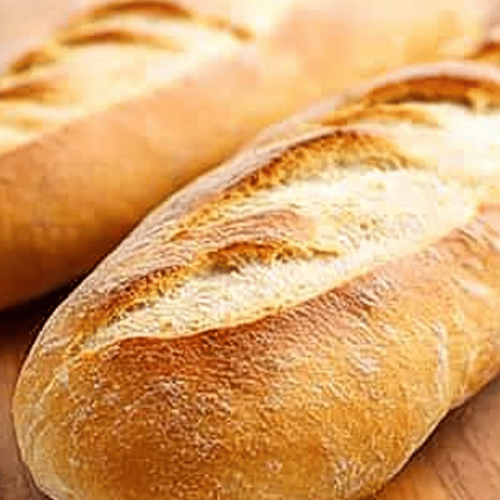
Crunchy Perfection: 7 Steps to the Best Gluten-Free French Bread Baguettes
Ingredients
Main Ingredients
- 1.5 cups Gluten-Free All-Purpose Flour Use a blend that contains xanthan gum
- 1 tsp Instant Yeast Or active dry yeast
- 1.5 tsp Salt
- 1.25 cups Warm Water 105-115°F
- 2 tbsp Olive Oil Extra virgin
Instructions
Preparation Steps
- In a large bowl, whisk together the gluten-free flour, yeast, and salt.
- Add the warm water and olive oil to the dry ingredients and mix until a shaggy dough forms.
- Cover the bowl with plastic wrap and let it rise in a warm place for 1 hour, or until doubled in size.
- Preheat oven to 450°F (232°C). Place a baking stone or baking sheet in the oven.
- Gently deflate the dough and divide it into 2 equal portions. Shape each portion into a baguette.
- Place the baguettes on a parchment-lined baking sheet. Slash the tops of the baguettes with a sharp knife or razor blade.
- Bake for 20-25 minutes, or until golden brown and the internal temperature reaches 200°F (93°C). Let cool on a wire rack before slicing and serving.




